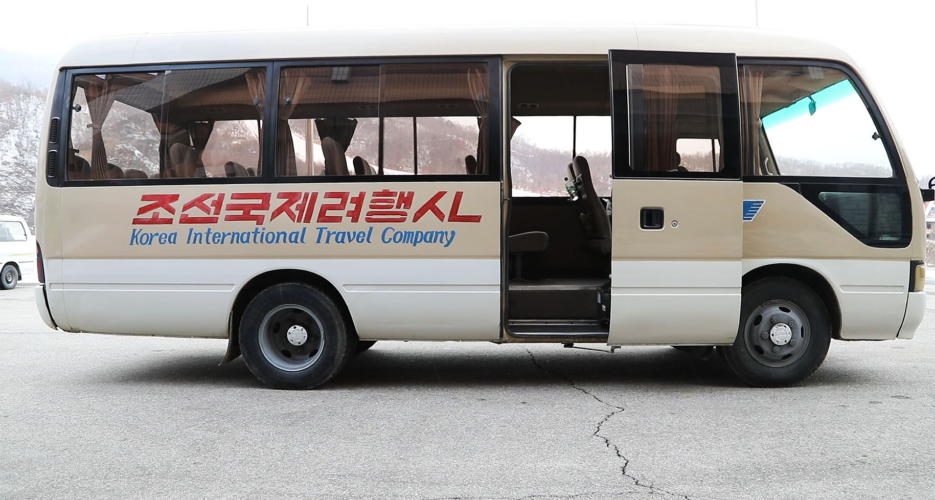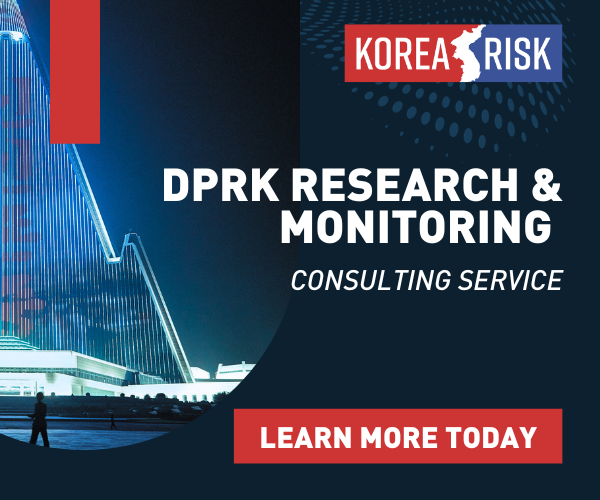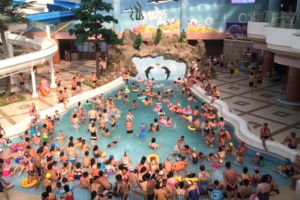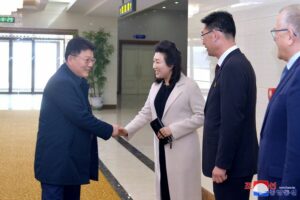Tourism to North Korea ballooned in 2019 to unprecedented levels, with NK News estimating a record 350,000 Chinese visited in a trend providing huge revenues to Pyongyang at a time of significant global sanctions pressure.
But fast-forward to 2020 and, because of the ongoing and sustained implications of COVID-19, the outlook for the DPRK travel industry could not be worse.
Tourism to North Korea ballooned in 2019 to unprecedented levels, with NK News estimating a record 350,000 Chinese visited in a trend providing huge revenues to Pyongyang at a time of significant global sanctions pressure.
But fast-forward to 2020 and, because of the ongoing and sustained implications of COVID-19, the outlook for the DPRK travel industry could not be worse.
Become a member for less than $4 per week.
Unlimited access to all of NK News: reporting, investigations, analysis
The NK News Daily Update, an email newsletter to keep you in the loop
Searchable archive of all content, photo galleries, special columns
Contact NK News reporters with tips or requests for reporting
Get unlimited access to all NK News content, including original reporting, investigations, and analyses by our team of DPRK experts.
Subscribe now
All major cards accepted. No commitments – you can cancel any time.










